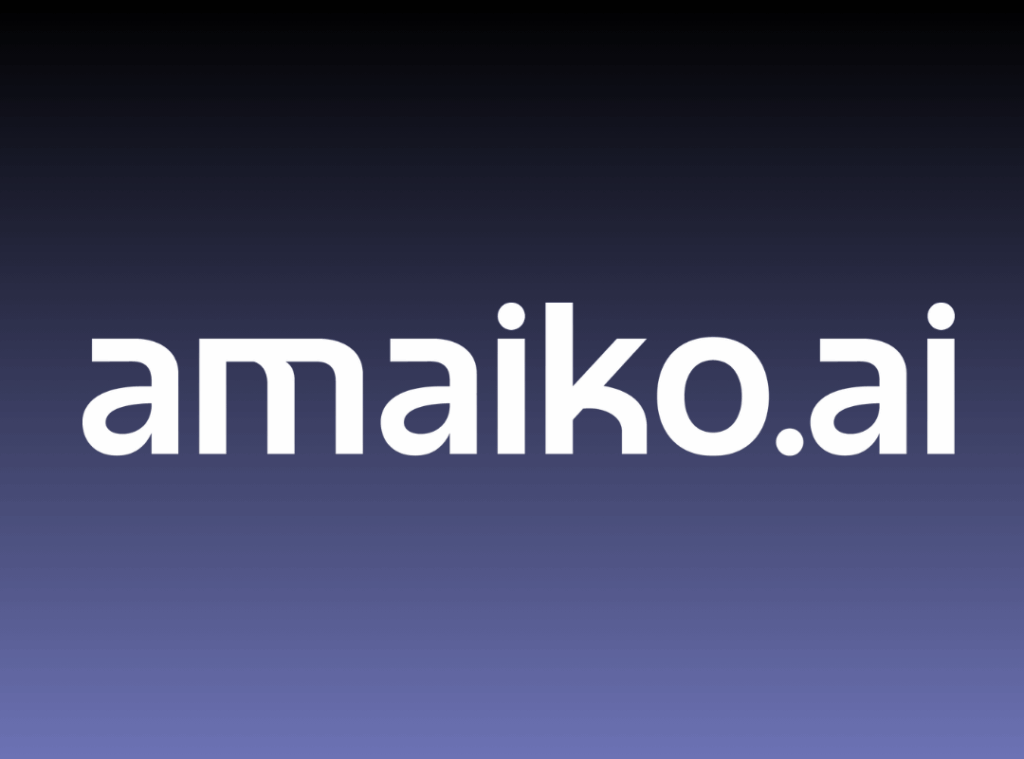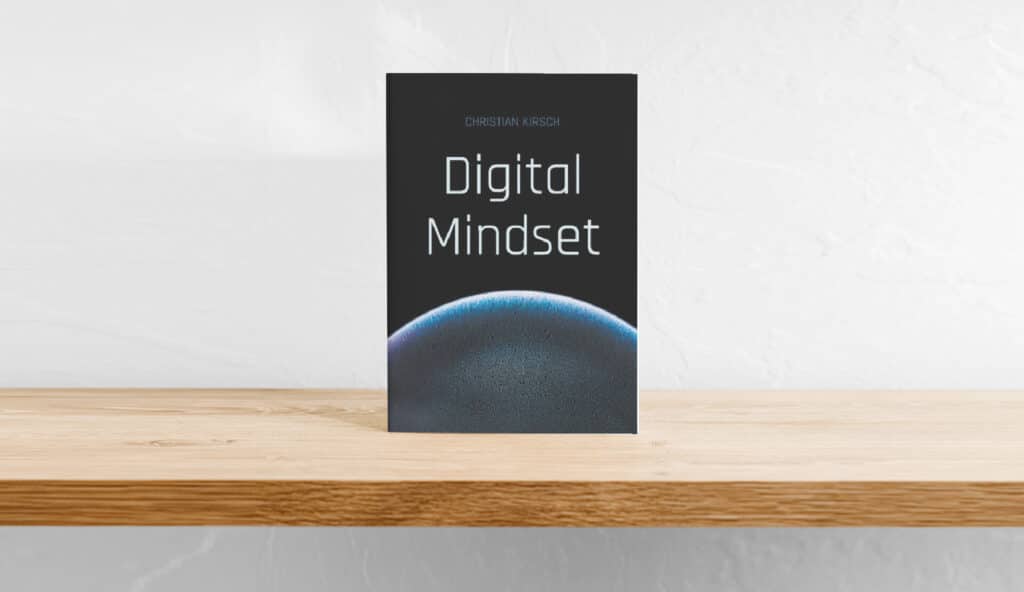Before the coronavirus pandemic, many companies' diaries were packed to the brim with industry events, face-to-face meetings and trade fair appearances. Since then, face-to-face meetings in the B2B sector have decreased significantly. Many more companies are taking part in online seminars, digital trade fairs or networking on social media platforms.
But how do companies manage to stand out in the ocean of information? How can they address customers and maintain professional contact without having to use too many channels? How do they avoid overloading target groups with content?
We give you recommendations on how you can ensure effective communication in the B2B sector.
Setting successful communication goals
Before companies dive into email newsletters, Instagram campaigns or LinkedIn group discussions, they need a sophisticated marketing strategy. The basis for this is an analysis of the B2B target group. Who needs the services and products? What economic and organizational characteristics do potential business partners have? What needs and challenges do potential new customers have and how do they ideally want to be addressed? The more companies know about their target groups, the more precisely they can formulate measurable marketing objectives.
A suitable communication strategy saves time and costs, as a targeted approach reaches customers exactly where they show a real interest. You can avoid unwanted scatter loss right from the start.
Another tip: Ideally, use a cross-media strategy. Combining individual communication channels creates valuable synergy effects. Network advertising measures with each other, create cross-references and develop appealing interaction options.
Maintaining contact along the customer journey
The first points of contact with potential new customers are increasingly taking place digitally. Interested parties read online guides, rely on product comparisons or receive recommendations via messenger services. B2B companies face the major challenge of presenting content as effectively and credibly as if it were a real face-to-face conversation.
Once initial contact has been established, a great deal of sensitivity is required to build up the customer relationship step by step. Whether by email, video meeting or service chat - companies should offer B2B customers various data protection-compliant ways to get in touch with them and maintain the connection in the long term.
It makes a lot of sense to offer solutions to problems and to communicate both the advantages and disadvantages of your own services. After all, customers love it when they receive reliable and clear information that actually helps them.
Customer-relevant B2B content - a checklist
Whether it's a social media post, product description, online event or post-contract customer support - companies can check how useful the planned communication measure will be at each touchpoint along the customer journey.
Ask yourself the following questions when providing content for your B2B customers:
- Does the content address the wishes and needs of the target group?
- Does it solve a problem?
- Is the content attractively visualized and prepared?
- Is the message focused on the essentials?
- Does the content offer added value?
- Is the touchpoint likely to create a positive experience?
- Is the information search engine optimized?
- Is the content easy to read on all devices?
Something for the eyes and ears: Infographics, videos & podcasts
In the B2B sector, it is often necessary to present complex relationships. Instead of long explanations, it is advisable to break up long passages of text with images, graphics and illustrations. After all, the brain can process visual impressions much more easily.
Whether production processes, functionalities or statistics - infographics offer an excellent opportunity. Reduced icons, positive colors, speech bubbles and simple diagrams ensure that the viewer can grasp connections very quickly and memorize them well.
The same applies to videos and podcasts, which are becoming increasingly popular. Why is this the case? On the one hand, streaming platforms offer the best technical conditions. Secondly, audio contributions ensure authenticity and create trust in a company. They depict conversational situations that have increasingly disappeared in times of working from home.
Especially for B2B companies, it can be a balancing act to radiate sufficient seriousness with video posts and playful graphics. Nevertheless, it is very helpful to appeal to people with all their senses and to entertain them. In short: be bold and lighten up your content.
Tone of Voice - Getting the language right
Finding the right way to address customers is not always easy. Opinions differ in many companies when it comes to the question of "you" or "you alone". Here too, the more information there is about the target groups, the easier it is to find the right "tone of voice". Companies should ask themselves what interests potential buyers are pursuing. Background knowledge about which media the target groups use is also helpful.
For example, is it a conservative company with a high need for security that relies on conventional forms of communication, or a hip company from the start-up scene that likes to try out new things? Whether sober, unagitated, playful or even provocative - regardless of the communication style, there are factors that always have a positive effect. Rely on clear, honest and authentic language that conveys useful and memorable information.
Another tip: It is of little use to companies if they only report on their own benefits and values. It is much more effective to explain to potential new customers how the product or service will specifically help them. The closer companies are to the customer perspective, the more successful they can be.
Are you already using gender? Some industries now require gender-inclusive language. Are you still unsure about this? No problem, there are clever solutions for this. To avoid bulky words or the gender asterisk, you can use neutral words that focus on the function instead of the gender. These include, for example, terms such as "interested parties", "staff", "target group", "assistance", "management", "team", "management" or "employee".
Smart and intelligent B2B communication
With the help of intelligent technologies and artificial intelligence (AI), it is becoming increasingly easy for companies to optimize their own B2B communication and comply with all GDPR guidelines at the same time. This starts with target group analysis. Big data can be used to identify in-depth knowledge about recurring sales patterns. Machine learning, for example, also makes it possible to generate search engine-relevant content recommendations for suitable communication channels.
Whether chatbots or AI-supported marketing campaigns - the use of intelligent technologies optimizes sales processes along the entire customer journey. By improving customer proximity and increasing the likelihood of sales, companies can generate clear competitive advantages.
But remember with all new technologies: it is not necessary to jump on every trend. It is and remains people you are addressing. New customers in particular often want direct contact with employees. A personal and trusting exchange has an enormous influence on customer satisfaction and long-term customer loyalty.




